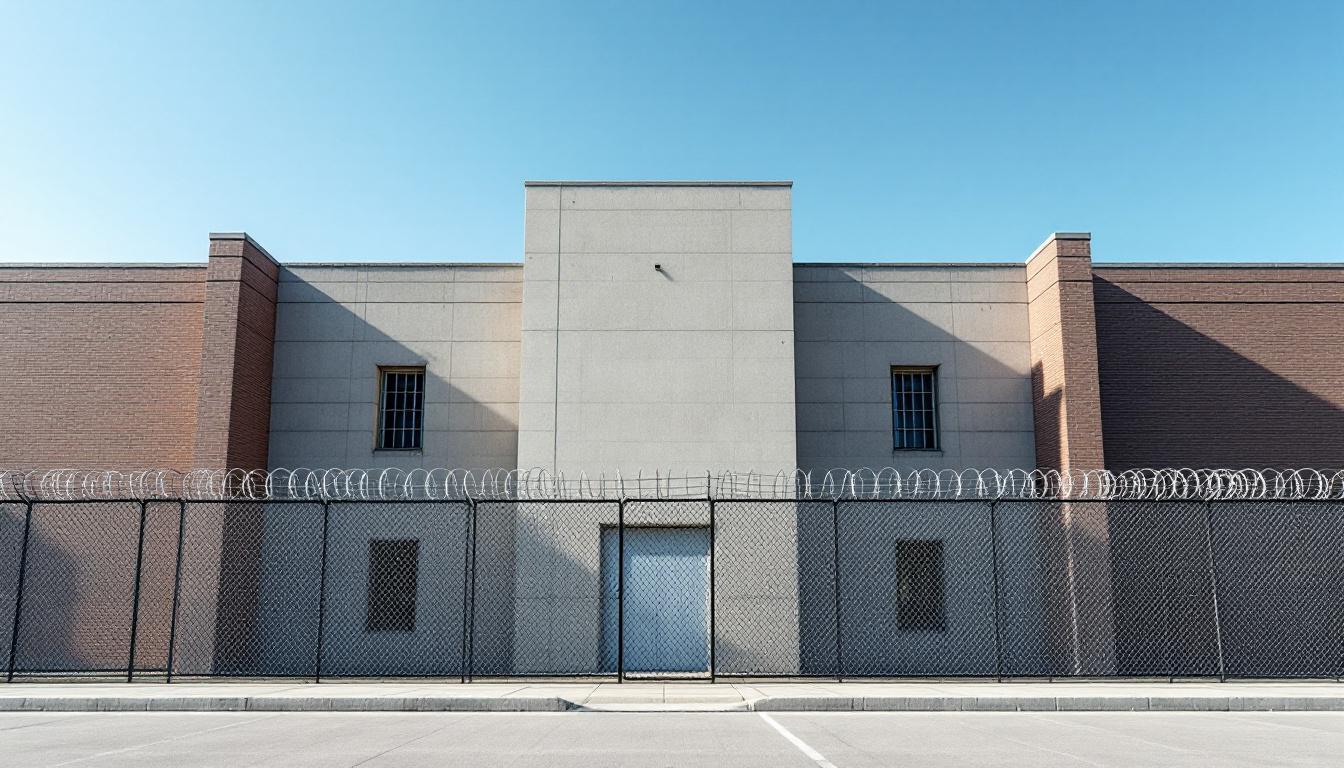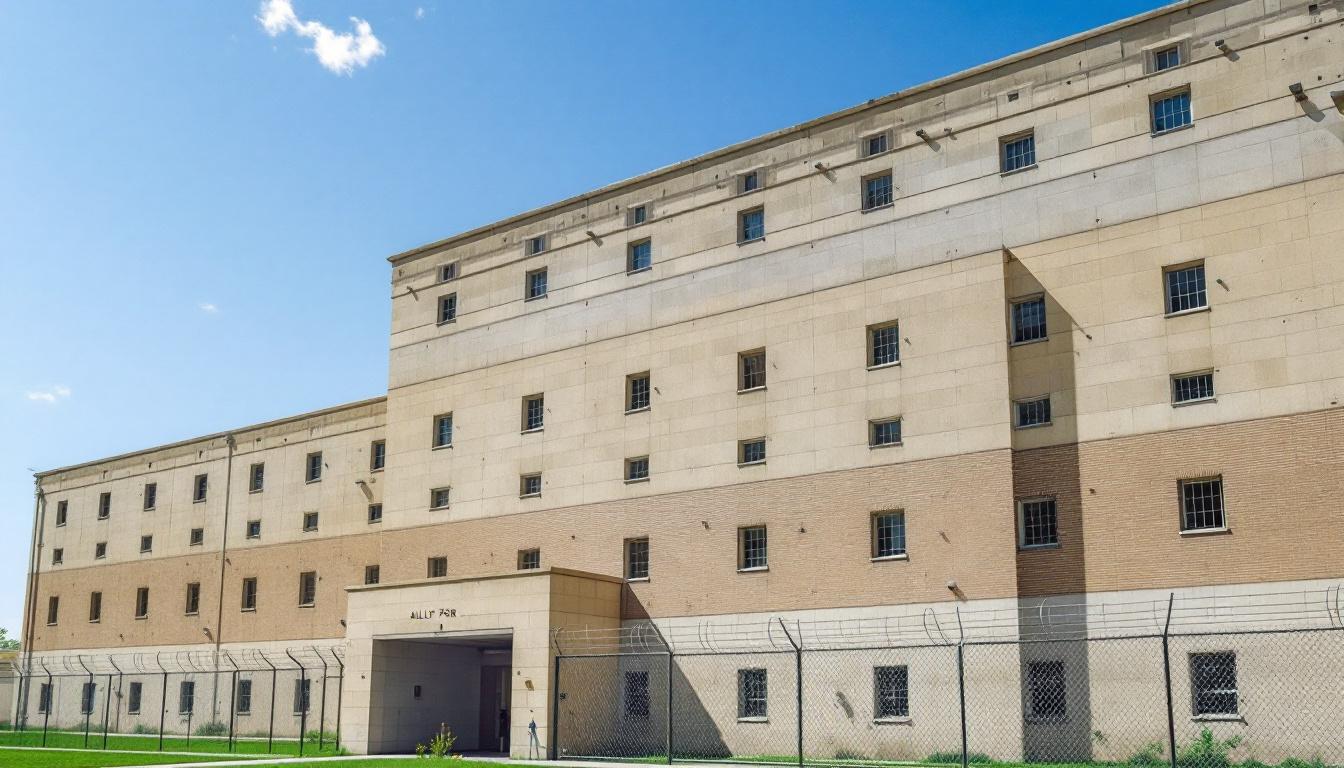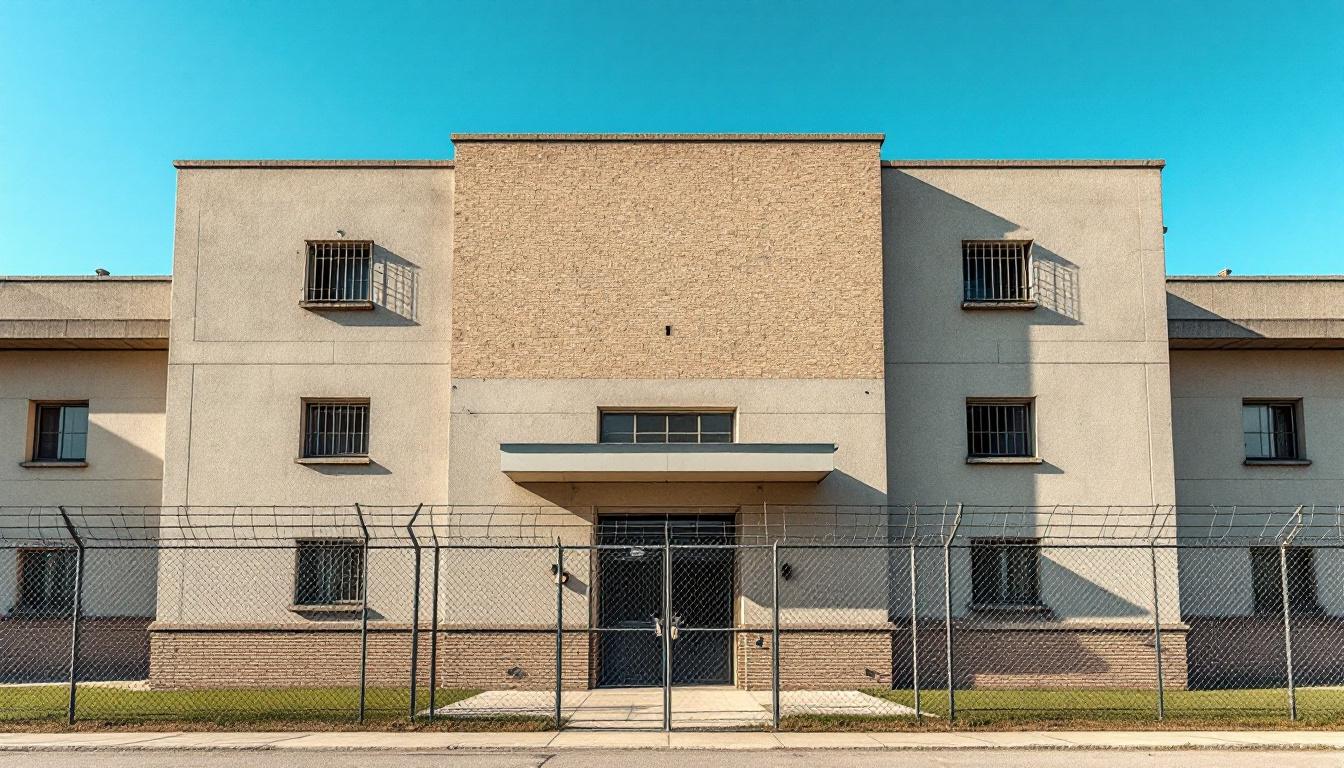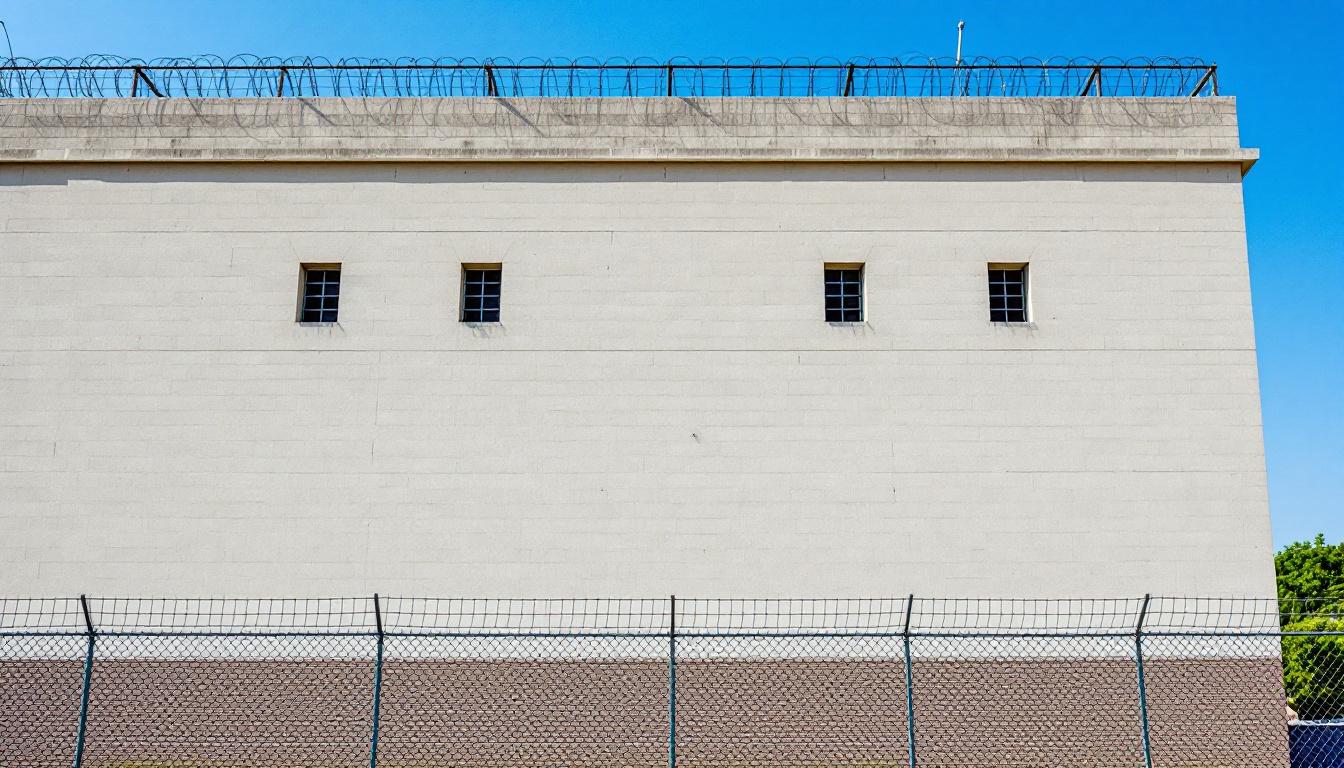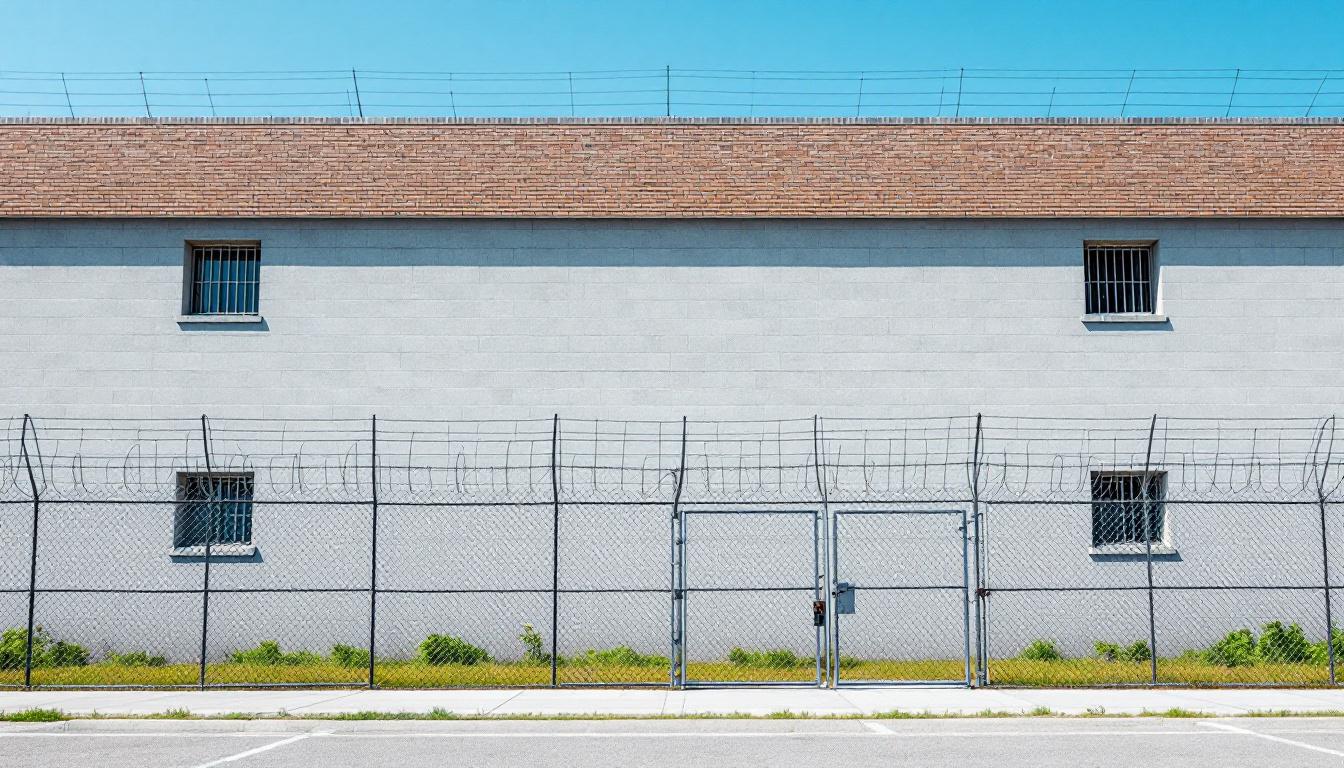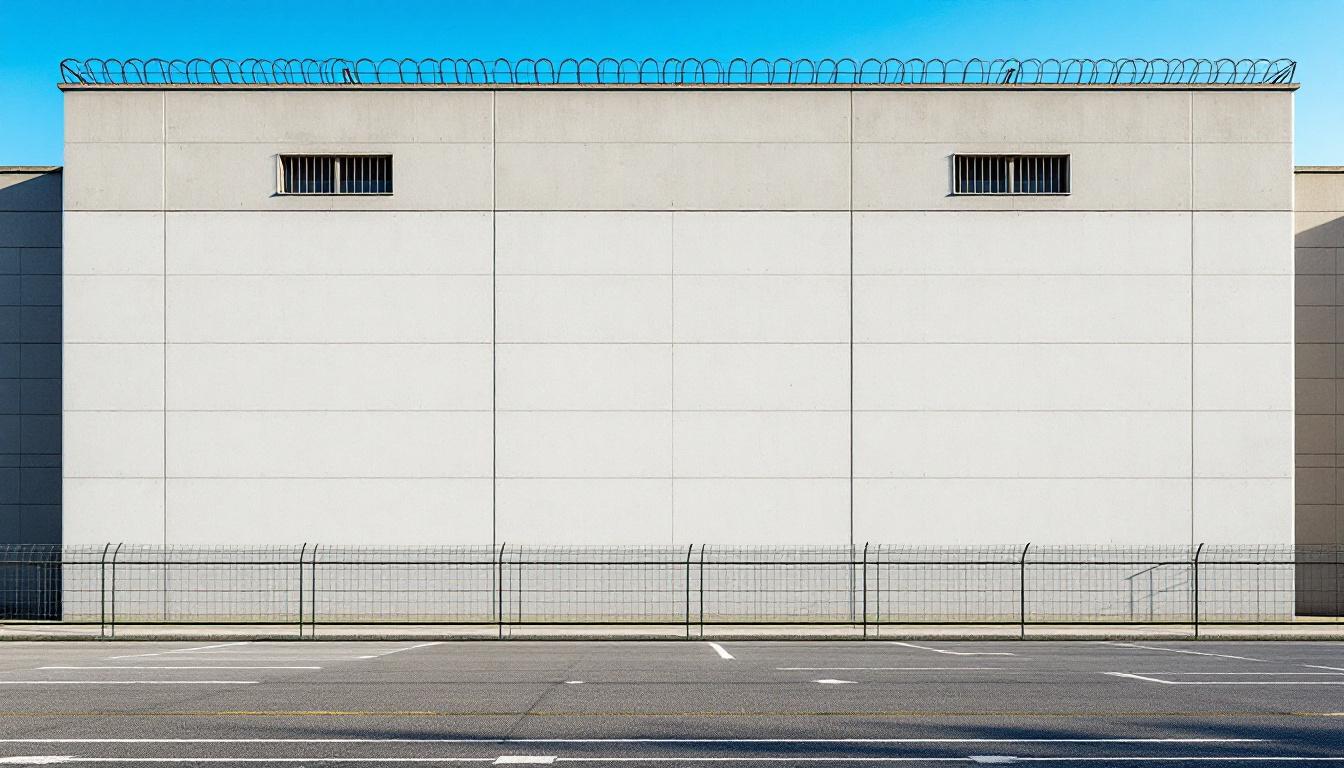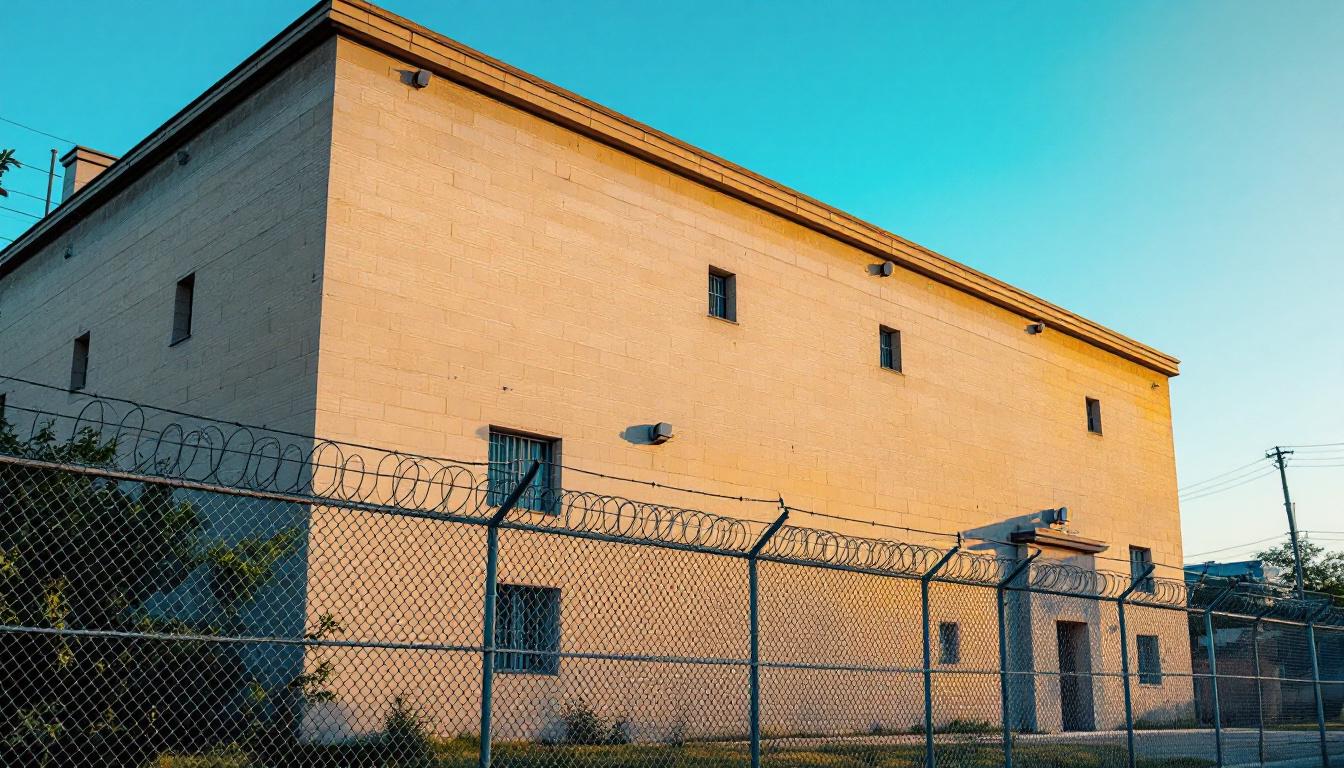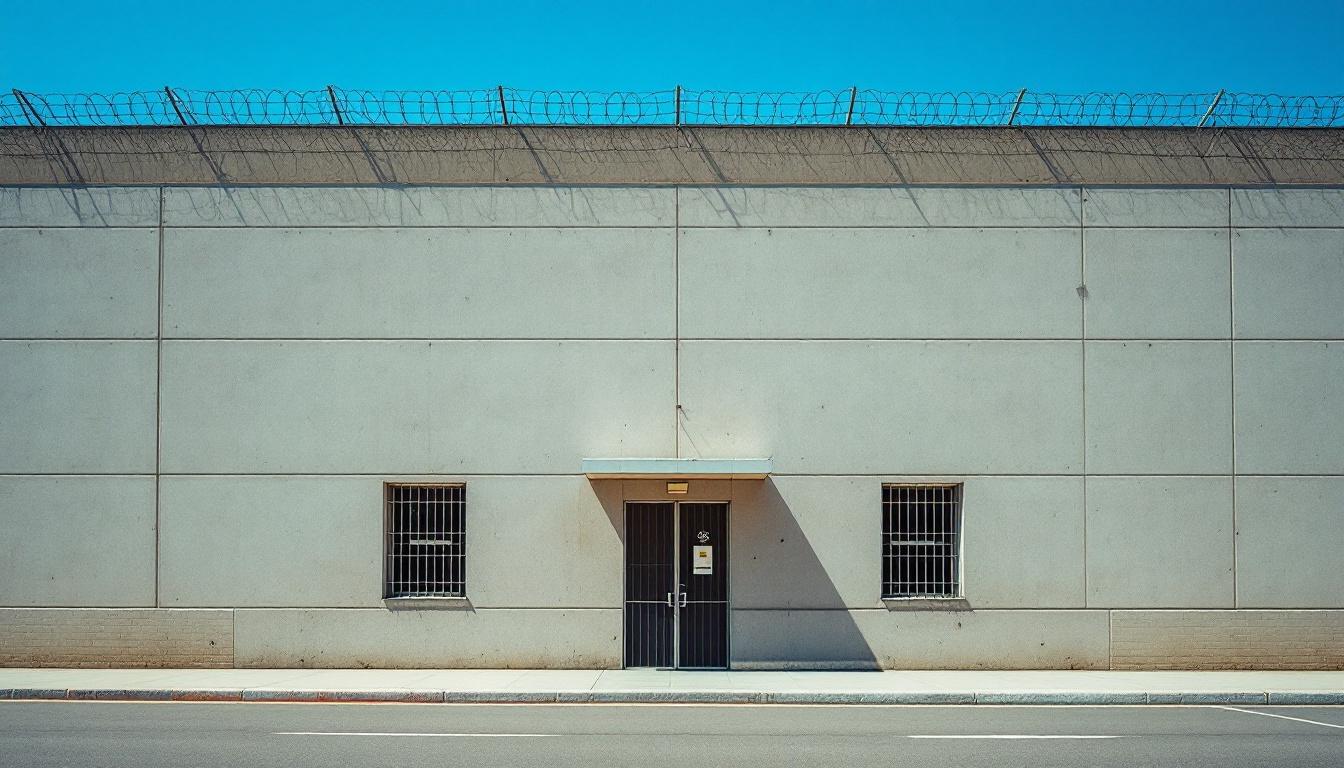
Quick Navigation
How to contact an inmate at Wright County Sheriff’s Office
This comprehensive guide will walk you through how to connect with an inmate at Wright County Sheriff’s Office. Follow the steps below to find an inmate and send letters and photos:
- Search for the inmate using our search tool below
- Create your account or log in to Penmate
- Write your message (up to 6,000 characters)
- Send instantly - inmates receive printed copies daily
Find an Inmate
Search for an inmate to start communicating today
Tip: You can search by first name, last name, or inmate ID number
To contact a person at Wright County Sheriff’s Office start by searching for the person on the official facility website. Perform a search by following these steps:
- Step 1: Enter their first name and last name into the search form and click "Search"
- Step 2: Locate their inmate record
- Step 3: Write down their Inmate ID and any housing information provided
Important! Be sure to enter the person's full name. Nicknames should not be used.
How to Send Messages to Inmates

You can use your phone or computer to send emails, letters, and photos to an inmate. Messages are sent electronically to inmate tablets or kiosks at the facility. If you would like to send a message, start by searching for an inmate at Wright County Sheriff’s Office.
Sending Photos and Postcards

A great way to send love and support to a loved one at Wright County Sheriff’s Office is to send photos and postcards. It only takes a few minutes to send photos from your phone and it makes a huge difference. You can also mail postcards with words of support and inspiration, or design your own postcard for special moments like birthdays and holidays.
Important! Be sure not to send any explicit photos or they may not be approved by the facility. You can also use a photo printing app like Penmate to make sure your photos are printed at the correct size (4x6 or 3x5) and are mailed according to the rules and regulations of Wright County Sheriff’s Office.
Frequently asked questions about Wright County Sheriff’s Office
-
How long does it take to deliver a message?
If you're sending an email message your letter is usually delivered within 24-48 hours. For messages sent via mail you should expect delivery within 3-7 days. All messages will need be approved by Wright County Sheriff’s Office.
-
How much does it cost to send a message to Wright County Sheriff’s Office?
You can send a message free using your phone or mail a message via USPS for the price of a $0.60 stamp and envelope. You can also purchase credits or e-stamps from services starting at $1.99.
-
What services can I use to contact an inmate at Wright County Sheriff’s Office?
Penmate
You can use Penmate to send letters and photos to an inmate from your phone. It's an easy way to stay in touch during your loved one's incarceration. Use the inmate locator to find an inmate's location and contact information, then you can send messages within a few minutes.
Securus messaging
Securus may be another option for communicating with an inmate at Wright County Sheriff’s Office. You can create a friends and family account and purchase credits to send messages. All messages will be reviewed and must be approved by the facility.
JPay
Some county jails and state prisons may support sending messages with JPay. You must register an account with the system, find your loved one, and purchase stamps to send messages. For some locations you can also attach photos.
Smart Jail Mail
You may also check if Smart Jail Mail is available at Wright County Sheriff’s Office. Smart Jail Mail is operated by Smart Communications and has contracted with some state and county jails. After purchasing credits, your messages and photos are sent to the facility, printed out, and then handed out to your loved one.
-
What is the mailing address of Wright County Sheriff’s Office?
Mailing address:
Wright County Sheriff’s Office
3800 Braddock Ave NE
Buffalo, MN 55313
Phone: (763) 682-1162 -
What are the visiting hours at Wright County Sheriff’s Office?
Visiting hours at Wright County Sheriff’s Office vary by housing unit and security level. Generally, visits are scheduled on weekends and holidays, with some facilities offering weekday visits. Contact the facility directly at (763) 682-1162 or check their website for the current visiting schedule. Visits typically last 30-60 minutes and must be scheduled in advance.
-
What items are prohibited when sending mail to Wright County Sheriff’s Office?
Prohibited items typically include: cash, personal checks, stamps, stickers, glitter, glue, tape, staples, paperclips, polaroid photos, musical or blank greeting cards, hardcover books, magazines with staples, and any items containing metal or electronics. Only send letters on plain white paper with blue or black ink. Photos must be printed on regular photo paper (no Polaroids). Always check with Wright County Sheriff’s Office for their specific mail policies.
-
How do I send money to an inmate at Wright County Sheriff’s Office?
You can send money to an inmate at Wright County Sheriff’s Office through several methods: 1) Online using JPay, Access Corrections, or the facility's approved vendor, 2) Money orders mailed directly to the facility with the inmate's name and ID number, 3) Kiosks located in the facility lobby, or 4) Over the phone using a credit or debit card. Fees vary by method, typically ranging from $2.95 to $11.95 per transaction.
-
Can I schedule a video visit with an inmate at Wright County Sheriff’s Office?
Many facilities now offer video visitation as an alternative to in-person visits. At Wright County Sheriff’s Office, video visits may be available through services like Penmate, Securus Video Connect, GTL, or ICSolutions. Video visits typically cost $10-20 for 20-30 minutes and must be scheduled in advance. You'll need a computer or smartphone with a camera and reliable internet connection. Contact the facility for their specific video visitation policies and approved vendors.
-
What identification do I need to visit an inmate at Wright County Sheriff’s Office?
All visitors must present valid government-issued photo identification such as a driver's license, state ID, passport, or military ID. Minors must be accompanied by a parent or legal guardian who can provide the minor's birth certificate. Some facilities require visitors to be on the inmate's approved visitation list, which may require a background check. Contact Wright County Sheriff’s Office for specific ID requirements and visitor approval procedures.
-
How can I find out an inmate's release date?
To find an inmate's release date at Wright County Sheriff’s Office, you can: 1) Use the online inmate search tool if available, 2) Call the facility's records department, 3) Contact the inmate's case manager or counselor, or 4) Have the inmate provide this information during a call or visit. For privacy reasons, some facilities only release this information to immediate family members.
Facility Overview
Contact Information
Wright County Sheriff’s Office3800 Braddock Ave NE
Buffalo, MN 55313
Phone: (763) 682-1162
Official Website

About Wright County Sheriff’s Office
Community reintegration begins with comprehensive support systems that address both immediate security needs and long-term personal development goals. The Wright County Law Enforcement Ctr in Buffalo, MN operates as an MN correctional facility designed to provide individuals services that bridge the gap between incarceration and successful community return. Through structured programming and evidence-based interventions, this correctional facility typically emphasizes skill-building opportunities that may include educational advancement, vocational training, and behavioral health support tailored to individual circumstances and community needs.
Located within Buffalo’s broader network of public safety institutions, the facility generally serves multiple functions within Minnesota’s correctional framework, often housing individuals at various stages of the justice process. The center’s approach to rehabilitation typically incorporates assessment-driven programming that may address substance abuse treatment, mental health counseling, and life skills development. Educational opportunities often include literacy programs and workforce preparation initiatives designed to enhance employment prospects upon release.
Security protocols work alongside rehabilitation efforts to create an environment where meaningful change can occur while maintaining public safety standards common throughout the midwest region. The facility’s role extends beyond containment to include preparing individuals for successful reentry through case management services that may coordinate with community organizations, family support systems, and employment resources. This dual focus on accountability and personal growth reflects broader trends in correctional practice that recognize the importance of addressing underlying factors contributing to criminal behavior while maintaining appropriate supervision and security measures.
Programs & Services
A philosophy centered on holistic personal development guides the comprehensive range of opportunities available to individuals at Wright County Law Enforcement Center. The facility typically recognizes that meaningful change requires addressing multiple aspects of an individual’s life simultaneously. This approach often includes creating pathways that build both practical skills and personal resilience, preparing participants for successful community reintegration through diverse programming options.
Educational advancement forms a cornerstone of available opportunities, with education programs designed to help individuals complete their academic goals while incarcerated. Also, vocational training opportunities may offer hands-on skill development in various trades, including specialized certification programs like HVAC certification that provide marketable credentials upon release. These educational and vocational pathways often work together to create a foundation for long-term stability and employment success.
Support services typically extend beyond traditional classroom learning through distance learning opportunities that may allow individuals to pursue coursework remotely. Also, chemical dependency treatment programs often address underlying issues that contribute to criminal behavior, providing therapeutic interventions designed to support lasting recovery. The facility may offer these comprehensive opportunities through structured programming that recognizes each individual’s comprehensive needs and circumstances, creating multiple avenues for personal growth and positive change during incarceration.
Daily Life & Visitation
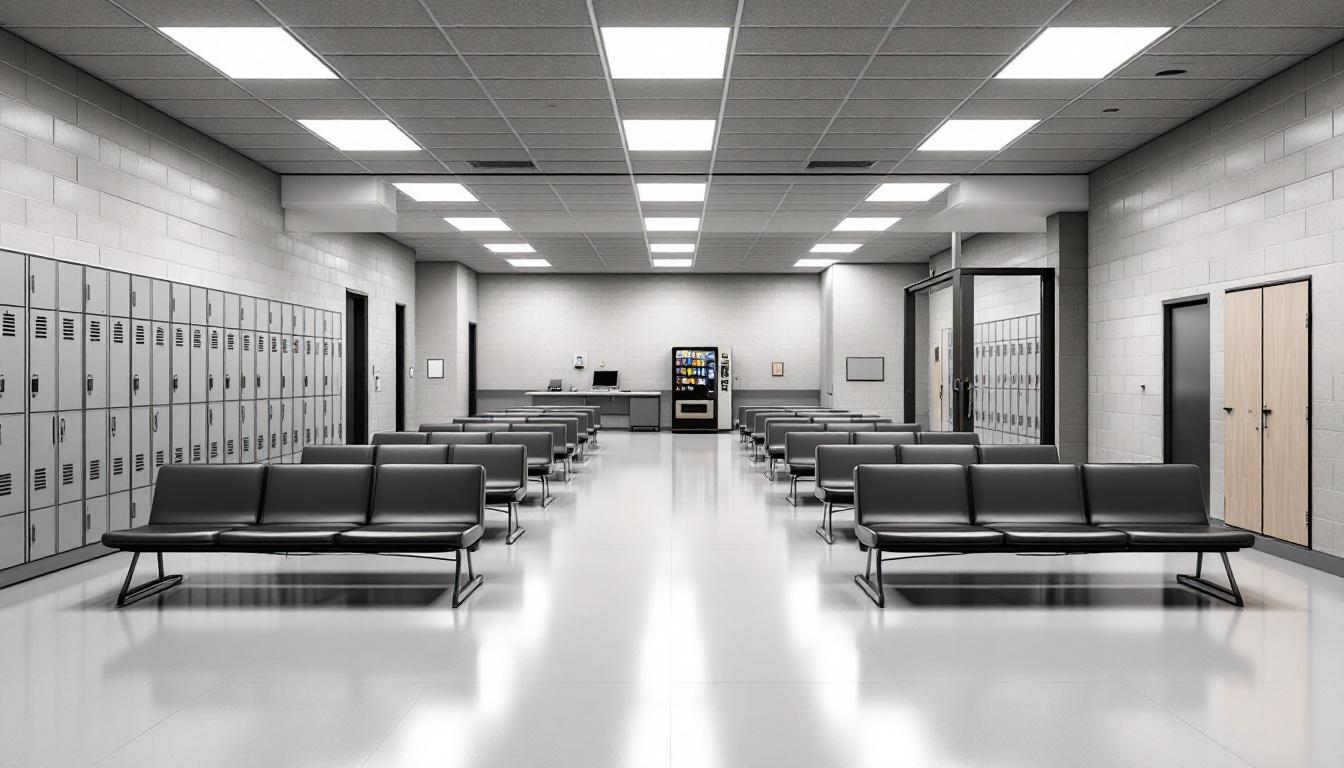
The sound of breakfast preparation now signals the beginning of each day for individuals housed at Wright County Law Enforcement Center, as staff regularly coordinate meal service and facility operations. Daily routines typically follow a structured schedule that includes designated times for meals, programming, and recreational activities. Individuals generally wake early and participate in various activities throughout the day, with count procedures occurring at regular intervals to maintain security and accountability.
Living accommodations at the facility typically consist of housing units designed to provide basic necessities while maintaining security standards. Individuals usually share living spaces and have access to common areas for dining and recreation. Personal property is generally limited to approved items, and individuals may access commissary services to purchase additional necessities and snacks. However, the availability of these services often depends on the individual’s classification level and behavior within the facility.
Also available are various programs and activities that offer structure and skill development opportunities. These may include educational classes, work assignments, and recreational programming designed to support rehabilitation goals. Visitation policies typically allow family members and approved visitors to maintain contact through scheduled visits, while phone calls and correspondence provide additional communication options. However, all contact is subject to facility security procedures and monitoring protocols that help ensure safety for everyone involved.
Ready to Connect?
Start communicating with your loved one today
Search for an Inmate
